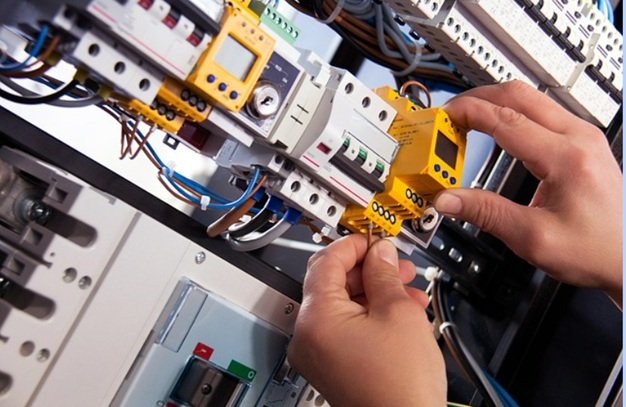
Whether you’re building new or renovating, electrical work is risky: electric shock, arcs, burns, fires and even fatalities. Even small oversights – a live cable, bad labelling, untested equipment – can be deadly.
To protect people and property here are the essential safety guidelines backed by Australian workplace safety authorities.
Never assume a circuit is off. A process is required:
Following these steps means electrical isolation isn’t optional – it’s guaranteed.
Residual Current Devices (safety switches) work in under 30 milliseconds to prevent serious harm, they’re vital in reducing fatalities. Despite being mandatory in new builds, coverage is incomplete: 40% of homes lack full RCD protection.
Recommendations:
The best way to reduce live-power risks is to eliminate them. For work in enclosed spaces, wet areas or ceiling voids, favour battery-powered tools or lighting over mains-powered equipment. This aligns with the hierarchy of risk control – eliminate hazard at source.
The right gear can mean the difference between a near miss and a serious injury:
Remember tools must be properly tagged, regularly inspected and replaced if worn or damaged.
Leads, plugs and power tools are frequently damaged in construction environments. To manage this:
Neglecting this routine increases risk.
Hidden electrical hazards often lurk above ceilings or behind walls:
These steps will avoid unexpected live contact or trip-and-fall incidents.
High-voltage and switchgear work is high-risk:
These tasks require a professional-only approach – no shortcuts.
Electrical work must comply with current standards and regulations:
Documentation is not just paperwork – it’s accountability and traceability.
Site safety requires both knowledge and awareness:
A well-logged safety culture can prevent complacency – and casualties.
Electrical work in building and renovation is high-risk – but the risks are manageable. A safety-first approach, based on de-energisation procedures, safety switch installation, battery tool usage, proper PPE, tool maintenance, documented risk management and training creates a safe environment for everyone.
By incorporating these practices into every stage – from planning to handover – you protect lives, livelihoods and reputations. Let safety be your foundation.
Transform Your Home: The Renovation Projects That Actually Add Value to Your Property
October 16, 2025The Hidden Costs of Running an Old Air Conditioner
October 16, 2025Powering Up Wollongong: How Local Electricians Keep the City Running
October 16, 2025Kit homes for sale: a practical NSW buyer’s guide
October 8, 2025How Modern Tech Is Changing the Way We Heat Water
October 6, 2025